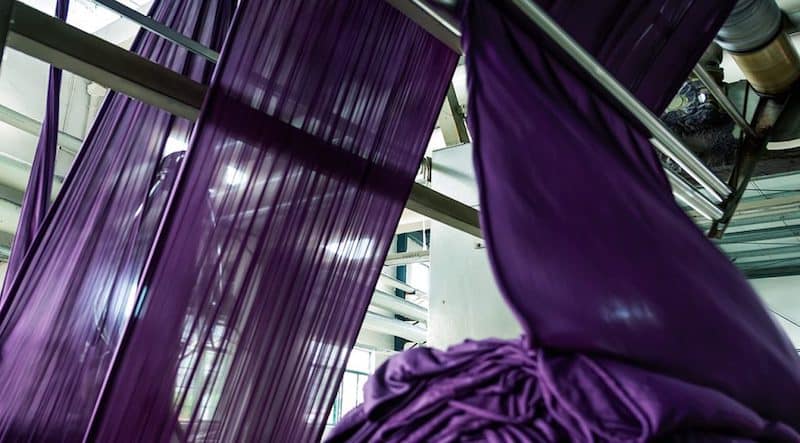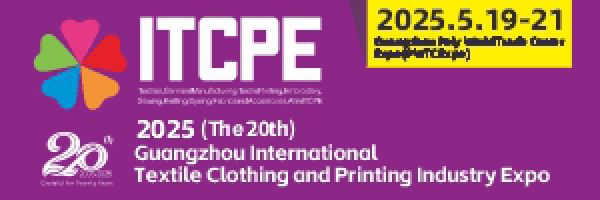When we talk about residual moisture in the textile industry, we are not referring to moisture in a general sense, such as that indicating a climatic condition or a situation inside a house.
The word takes on a different meaning.
Moisture, which represents the percentage of water within an air mass, is indicated by various parameters, and we therefore have absolute, relative and specific moisture.
Let’s focus on residual moisture, which is the percentage of moisture remaining after a technological process, which in the textile sector refers to a specific drying or blending process of textile materials.
How can we measure this value in order to optimise production?
Residual moisture analysis
The experience we have acquired in the mechanical-textile sector (in over fifty years of work) and the applications we have carried out in various countries around the world, have enabled us to understand how fundamental it is to accurately measure the moisture values in the textile fibre before it is used for the next manufacturing processes.
Over the years, encouraged by our customers, we have developed special instruments, which we call “dedicated testers“, capable of finding the specific value of residual moisture.
These are intelligent measuring devices able to:
- analyse the specificity of the material being processed
- consider production requirements,
- record and compare the measured data in order to optimise production performance.
The drying speed of fabrics
Proponiamo ai nostri clienti due apparecchiature specifiche per il settore tessile:
- Hygromatic-HMI per la misura in linea
- Hygrofaster-e strumento portatile per la misura in laboratorio o in magazzino.
Maurizio Sempio – General Manager of ETV – explains in a video how these two innovative instruments work, starting with a challenging question:
“What is there in common between speed control in cars and textile processing?”
If you want to travel safetly in your car, you need to know how to control your speed.
So even in textiles, it is essential to monitor the drying speed of fabrics and yarns in order to avoid non-conforming products.
When you don’t check the residual moisture values, you’ll have a lot of problems. Here are some examples:
- uneven products
- mould on fabrics
- poor productivity
- problems with further processing
- excessive energy costs for the same product processed.
HYGROMATIC allows to control the percentage of residual moisture, to monitor the drying process and – if set – to manage automatically the processes in case of long working batches.
By monitoring and optimising the productivity of the textile machine, production costs are reduced and considerable energy savings are achieved.
HYGROMATIC is an easy-to-install, easy-to-use and easy-to-maintain device that we have taken to 140 countries for a total of 10,000 installations.
The ideal solution to increase the speed of production in complete safety and with full control.
Source: www.etvsrl.com/en





















